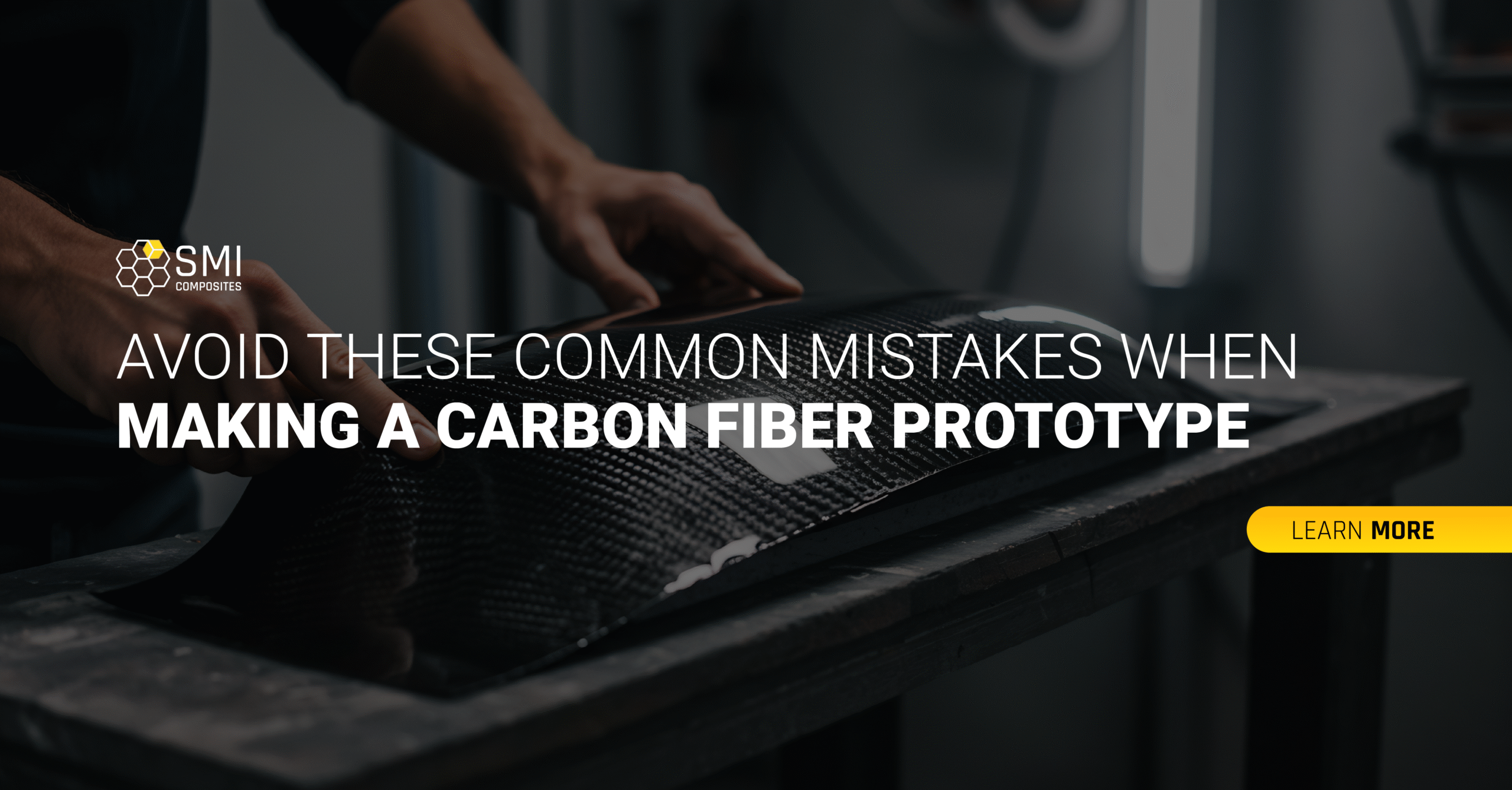
In the evolving world of engineering and composite materials, creating a successful carbon fiber prototype is both an art and a science. Avoid carbon fiber prototype failures by preventing things like wrong fiber direction, dirty layups without proper release, and sloppy vacuum or curing with bad resin ratios.
According to The Guardian, A “bulletproof” Tesla prototype caused embarrassment for the electric car manufacturer after the window shattered in a demonstration.
While many industry professionals are drawn to its lightweight strength and versatility, there are frequent pitfalls that can undermine its structural integrity and performance.
This article aims to illuminate those common mistakes and offer expert guidance to help you build prototypes that excel.
Is it Difficult to Make Carbon Fiber?
Before diving into the prototype building process, it’s crucial to grasp the fundamental aspects of carbon fiber techniques. According to the NIST, Carbon fiber is known for its high strength-to-weight ratio, which can significantly enhance your prototype’s performance.
However, the molding process demands precision; even the slightest deviation can lead to catastrophic failures.
- Material Selection: Not all carbon fibers are created equal, and the specific application dictates the necessary properties of the composite.
- Resin Type: Selecting the appropriate resin is key to achieving optimal adhesion and longevity.
Identifying and Evading Composite Material Errors
During the fiber molding process, numerous errors can arise that impact the overall structural integrity of the prototype. Implementing best practices can help you evade these challenges:
- Skipping the Design Phase: A haphazard design process can result in prototypes that fail to meet structural requirements.
- Underestimating Material Properties: Ignoring the unique qualities of carbon fiber can compromise performance.
- Poor Mold Design: Molds that are not designed correctly can yield inconsistent product quality.
- Inadequate Curing: Ensure that the curing process is properly managed to achieve the optimal strength and durability.
By being mindful of these common mistakes, you can foster a smoother development process and create a product that meets your exact specifications.
The Future of the Carbon Fiber Prototype: Innovations and Best Practices
In the competitive landscape of carbon fiber prototype fabrications, future advancements promise to refine the prototype building process even further. New technologies, such as automated fiber placement and advanced resin infusion methods, are on the horizon.
Staying abreast of these innovations offers manufacturers a distinct advantage in efficiency and quality.
Incorporating feedback loops into prototype testing can ensure continuous improvement. Utilizing changes based on testing data can significantly enhance the reliability and performance of your carbon fiber prototypes.
Mastering the Art of Carbon Fiber Prototyping
Creating a robust carbon fiber prototype is a complex but rewarding endeavor. By understanding the intricacies of carbon fiber techniques and being vigilant about common composite material errors, you can build prototypes that not only meet but also exceed performance expectations. As you navigate this challenging landscape, embrace innovation and maintain a commitment to quality.
Ready to elevate your composite prototyping efforts? At SMI Composites, we use our extensive knowledge to deliver the best possible solutions and innovations. Contact us today to learn more.
